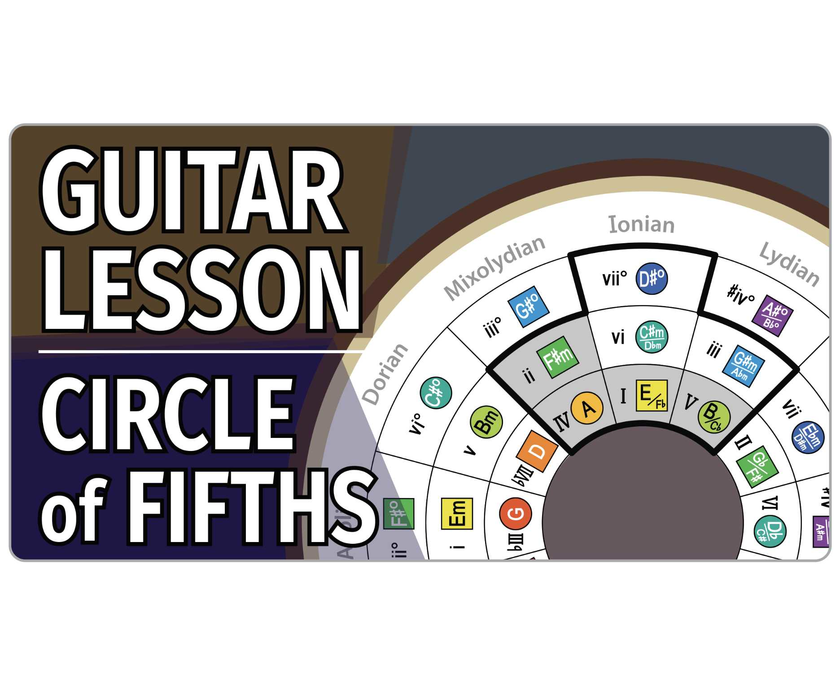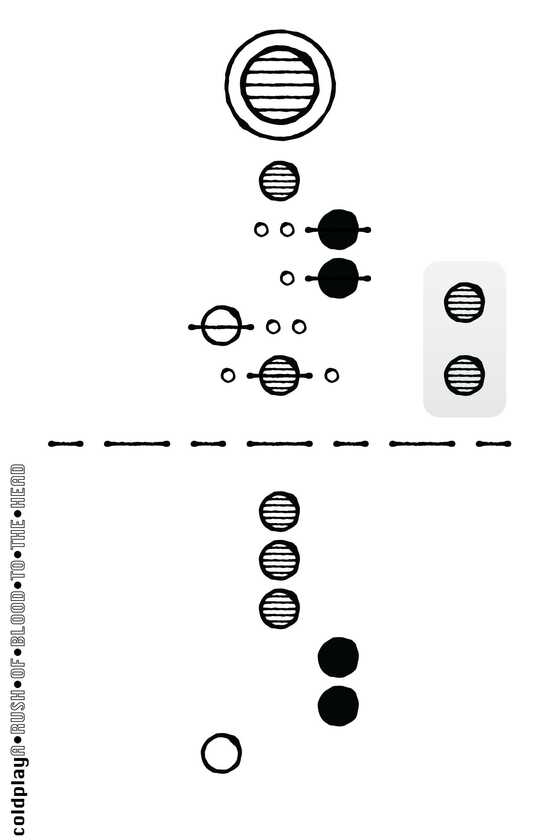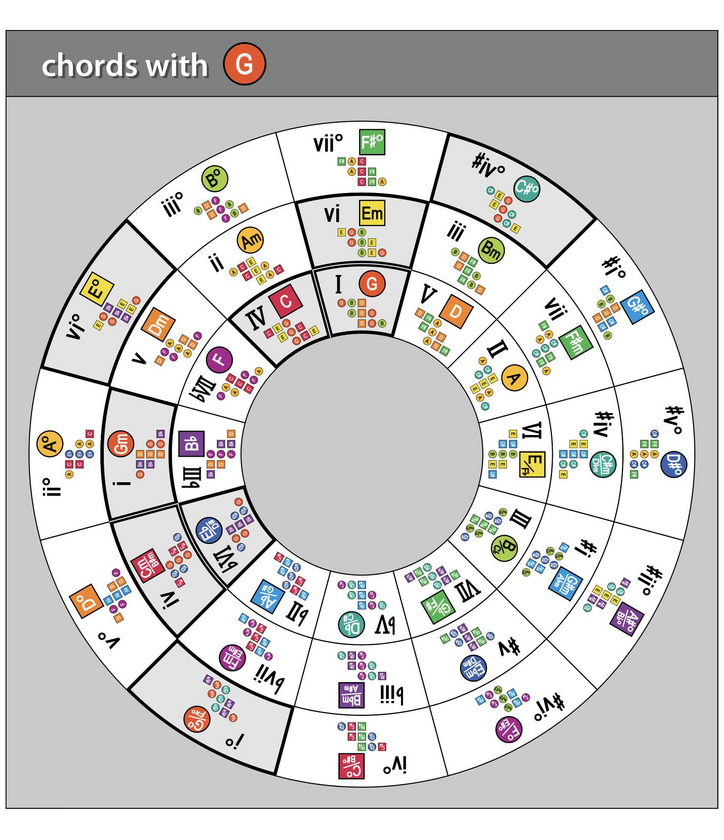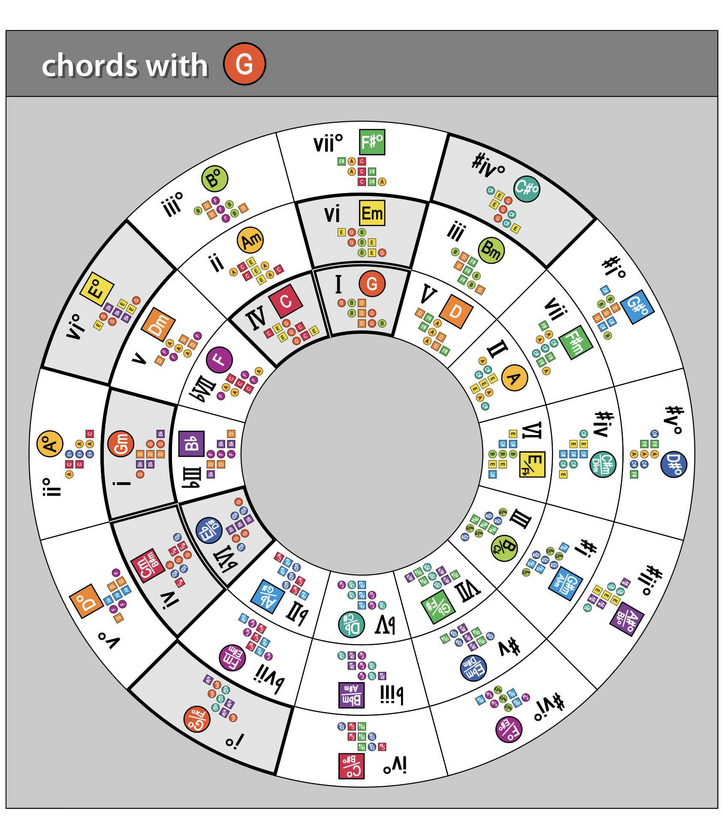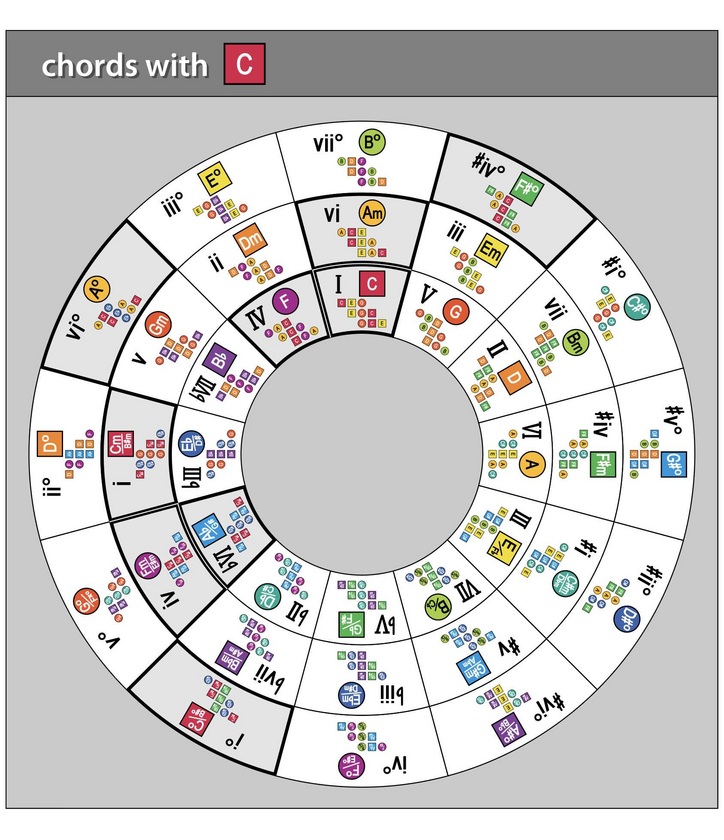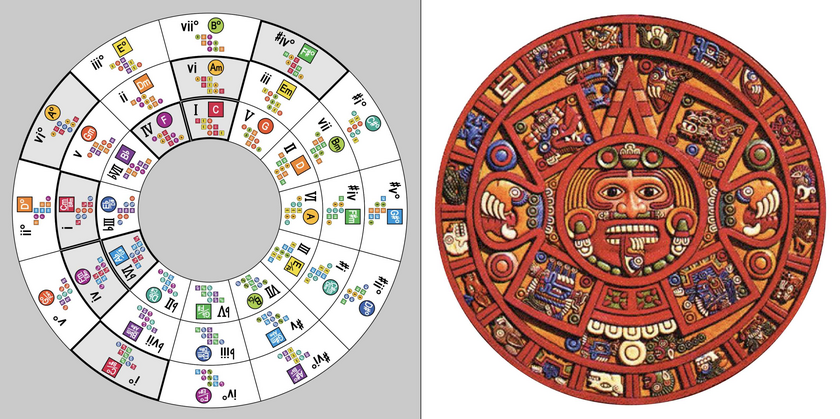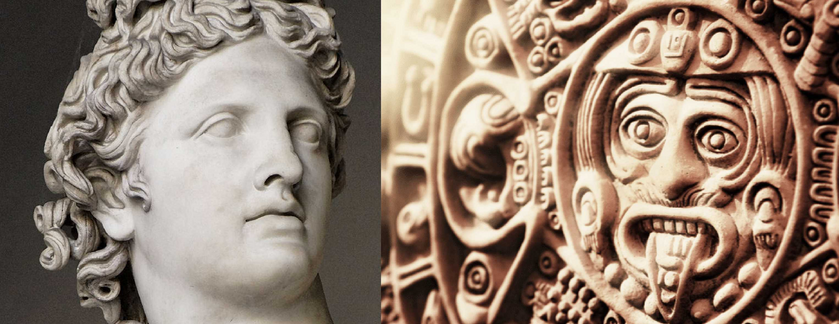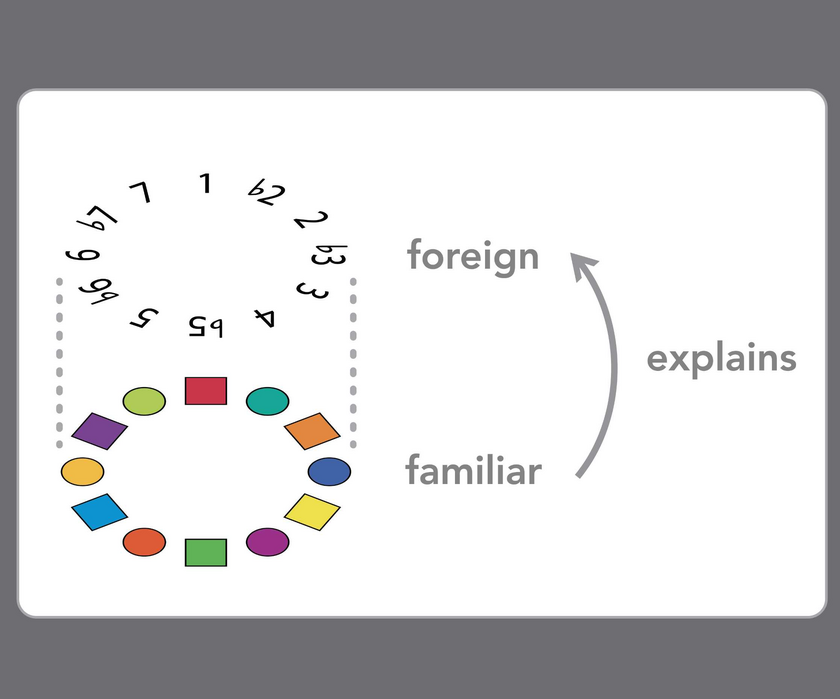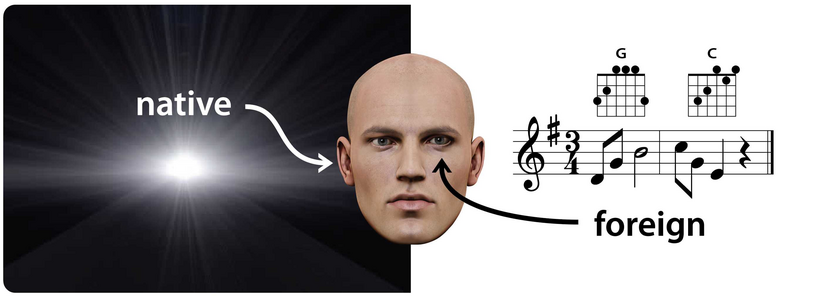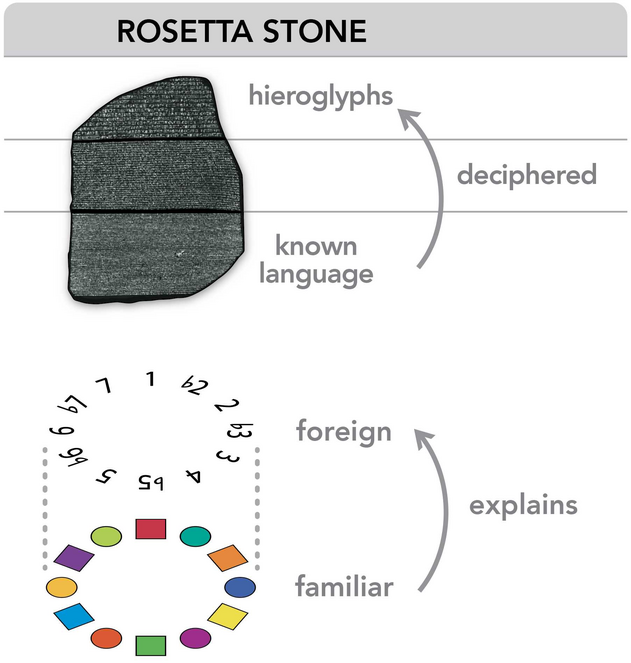All the best songwriters use the circle of fifths to write good music. Great music, really. Because the circle of fifths guides them in the process of crafting cool chord progressions.
It’s like a map musicians have in their heads — of how chords are related. Which helps them navigate through harmonic space. And the result is magic … at least once you know how it works.
In this video, I explain using Paul Simon’s masterpiece, “Kodachrome” from 1973.
When I say the circle of fifths is like a map, I mean it literally. It’s a ChordMap that shows how all chords are connected in music. And the best songwriters understand this map — whether it’s a conscious knowledge, or simply intuitive. But all the greats get it. Because it’s how music really works.
These images accompany the video, for you to study at your own pace.
If you look at the chords of this song in order of appearance, they seem sort of random at first glance. Using traditional black-and-white diagrams chord diagrams, that is.

But with colors, different connections between chords begin to stand out. Like the fact that some chords are just variations of one another. So all of these harmonies are a little less overwhelming.

Using the circle of fifths adds even further insight — revealing that this song is made up of three progressions. And while one progression is in E Ionian (the Intro and Verse sections), two of the patterns are in A Ionian (the Chorus, Interlude, and Outro sections).
In other words, the song shifts back and forth between two neighboring keys in the circle of fifths. Which is what gives this song its interesting sound.
